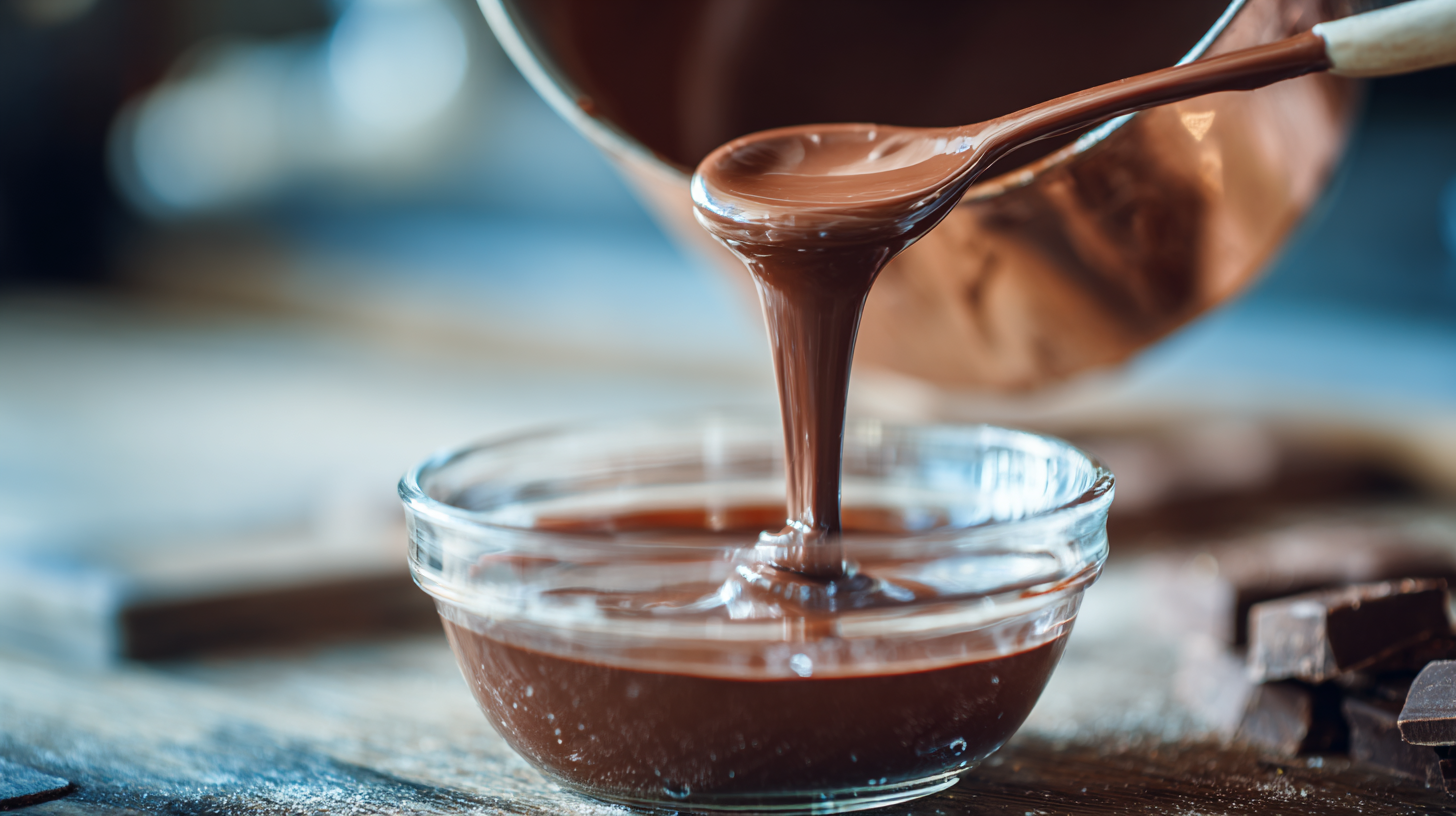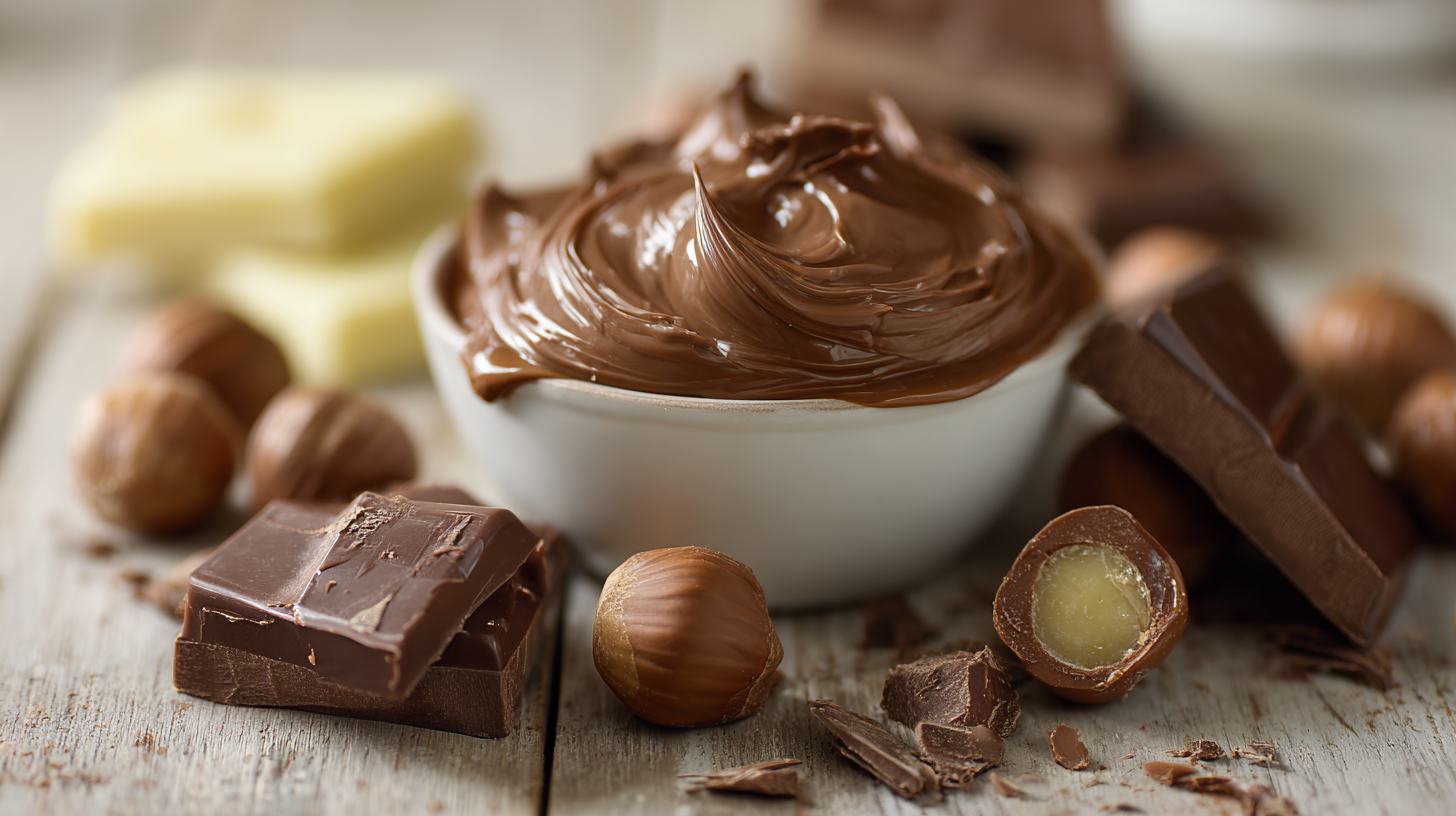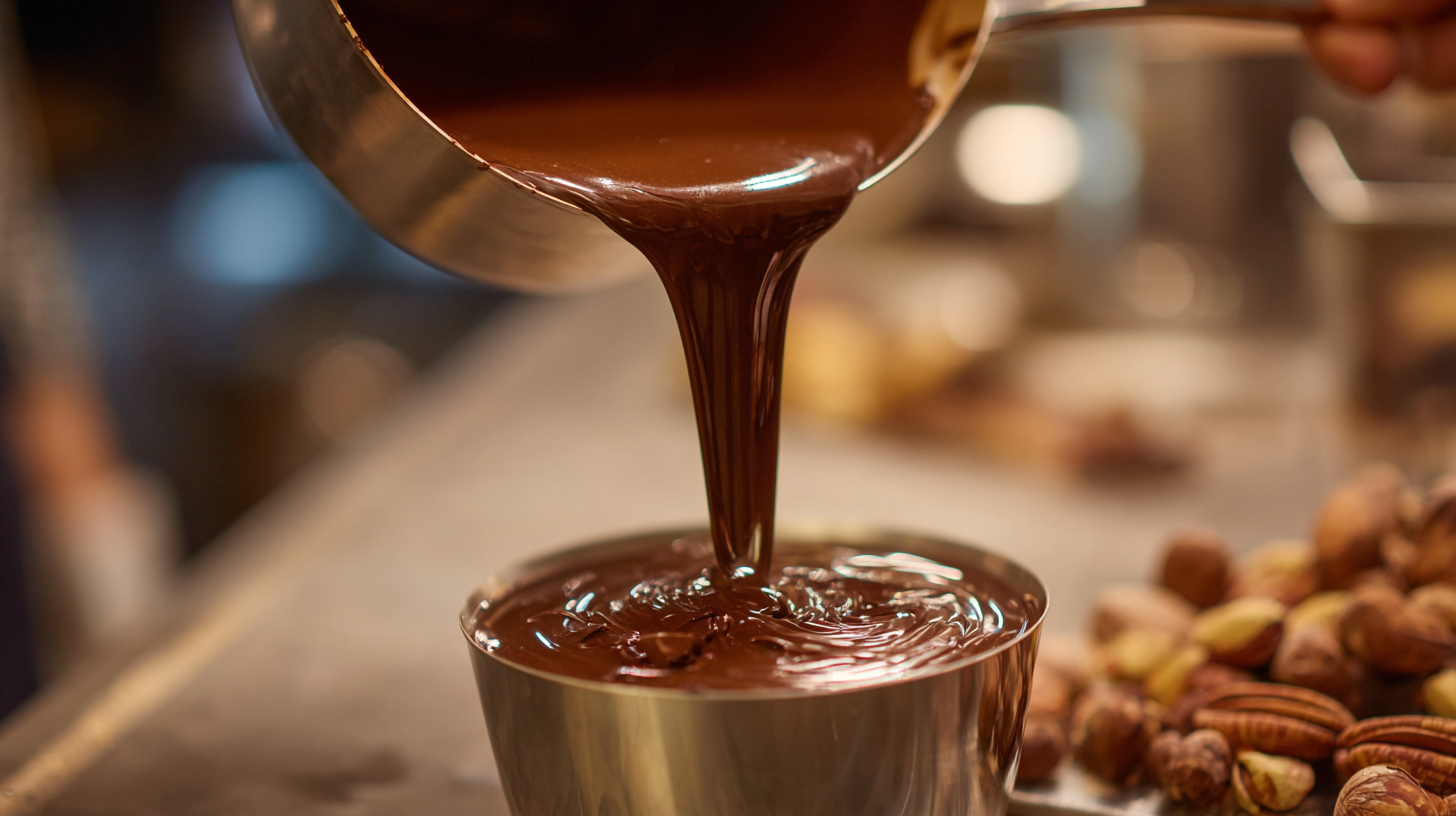In the world of chocolate making, mastering the art of tempering is crucial for achieving the perfect texture and shine that both professional and home chocolatiers strive for. According to a report by the Fine Chocolate Industry Association, approximately 60% of consumers identify texture and mouthfeel as significant factors in their chocolate preferences. This underscores the importance of using precise tempering techniques to enhance the sensory experience of chocolate.

The use of specialized tools like "Temperatrici per il cioccolato" not only simplifies the tempering process but also ensures consistency in results, making it an essential investment for both aspiring and experienced chocolatiers. In this guide, we will delve into the step-by-step approach to mastering chocolate tempering with these innovative machines to achieve impeccable results that delight the palate.
Tempering chocolate is not just an art; it's a science that plays a crucial role in achieving the perfect texture and shine. When you temper chocolate, you're carefully controlling its melting and cooling process, ensuring that the cocoa butter crystals form in a stable configuration. This meticulous procedure prevents the dreaded bloom – that unsightly grayish film that can appear on improperly tempered chocolate. Moreover, the right tempering technique enhances the chocolate's snap and sheen, making it irresistible to anyone who encounters it.
Tips:
When it comes to mastering chocolate tempering, choosing the right method can significantly impact your results. Two popular approaches are using a temperatrici, a specialized chocolate tempering machine, and traditional techniques like hand tempering or marble tempering. Each method offers distinct advantages and challenges, making it essential to understand their differences.
Using a temperatrici simplifies the tempering process by automating temperature control, ensuring that your chocolate reaches the ideal melting and cooling points consistently. This can save time and reduce the stress often associated with traditional tempering methods. However, those who enjoy the hands-on approach of traditional techniques might find satisfaction in mastering the skill of tempering by hand, which also allows for more creative control over the outcome.
**Tip:** If you're new to tempering, consider starting with a temperatrici. It takes the guesswork out of the process, providing more reliable results as you learn.
**Tip:** For those using traditional methods, invest in a good thermometer to monitor the chocolate's temperature accurately, as precision is key to achieving that perfect glossy finish.
In either case, experimentation will lead you to discover which method best suits your style and needs.

 Using a temperatrici for chocolate tempering is the key to achieving that perfect glossy finish and satisfying snap in your confections. To begin, ensure your temperatrici is clean and properly calibrated. Start by measuring your chocolate, whether it's dark, milk, or white, and add it to the machine. Set the desired temperature according to the type of chocolate you're using; typically, dark chocolate should be melted to around 45-50°C, while milk and white chocolates should be melted to a slightly lower range.
Using a temperatrici for chocolate tempering is the key to achieving that perfect glossy finish and satisfying snap in your confections. To begin, ensure your temperatrici is clean and properly calibrated. Start by measuring your chocolate, whether it's dark, milk, or white, and add it to the machine. Set the desired temperature according to the type of chocolate you're using; typically, dark chocolate should be melted to around 45-50°C, while milk and white chocolates should be melted to a slightly lower range.
Once the chocolate is melted, allow it to cool down to the required working temperature. The temperatrici will help maintain this temperature consistently, which is crucial for the crystals to form correctly. As the machine works, periodically check the consistency and texture of the chocolate. You’re aiming for a smooth, pourable texture without any lumps. Once the chocolate is tempered, it's ready for molding or dipping, yielding professional-grade results effortlessly. Remember, practice makes perfect, so don't hesitate to experiment with different temperatures and techniques until you find what works best for you.
When it comes to chocolate tempering, even seasoned chocolatiers can make mistakes that lead to less than stellar results. One common error is not using a reliable tempering machine, or temperatrici. Without precise temperature control, achieving the glossy, smooth finish that is synonymous with perfectly tempered chocolate becomes a challenge. Investing in a quality tempering machine can streamline the process, making it easier to maintain the exact temperatures required for the cocoa butter crystals to stabilize properly.
Another frequent pitfall is failing to monitor the chocolate's temperature closely during the process. Chocolate can quickly go from perfectly tempered to overheated, resulting in a dull, matte appearance and a grainy texture. It's essential to use either a digital thermometer or the built-in features of your temperatrici to keep an eye on the temperature throughout. Additionally, avoid introducing moisture to your chocolate, as even a drop of water can cause seizing, rendering it unusable. By being mindful of these mistakes and utilizing the right tools, you can achieve beautifully tempered chocolate every time.
| Step | Description | Common Mistakes | Avoiding Tips |
|---|---|---|---|
| 1 | Chop the chocolate into small, uniform pieces. | Using uneven sizes can lead to inconsistent melting. | Use a serrated knife for even chopping. |
| 2 | Melt two-thirds of the chocolate gently. | Overheating the chocolate can cause it to seize. | Use low heat and a double boiler. |
| 3 | Add the remaining chocolate to cool the mixture. | Not adding enough cooling chocolate leads to improper tempering. | Stir continuously until fully melted. |
| 4 | Check the temperature using a thermometer. | Ignoring the ideal temperature can spoil the tempering process. | Know the target range for the type of chocolate used. |
| 5 | Test the tempered chocolate. | Skipping this step can result in bad texture. | Spread a small amount on parchment to check for shine and snap. |
Temperature control is crucial when it comes to chocolate tempering, as it directly impacts the texture, shine, and snap of the final product. When chocolate is tempered correctly, it crystallizes in a stable form, resulting in a glossy finish and a satisfying bite. This is achieved through careful monitoring of temperature using specialized tools known as temperatrici, which help maintain the precise heat levels required at each stage of the tempering process.
Key metrics for successful chocolate tempering include the exact melting point and cooling temperatures for different types of chocolate. For dark chocolate, for instance, the melting temperature can reach around 45-50°C, followed by cooling to about 27-28°C before reheating to the working temperature of 31-32°C. For milk and white chocolates, these temperatures slightly differ. By adhering to these temperature ranges, chocolate enthusiasts can ensure that their creations boast a professional-quality finish, making the temperatrici an invaluable asset in any chocolatier’s toolkit.
Utilizziamo i cookie per migliorare l'esperienza utente. Per maggiori informazioni, consulta la nostra Cookie Policy.